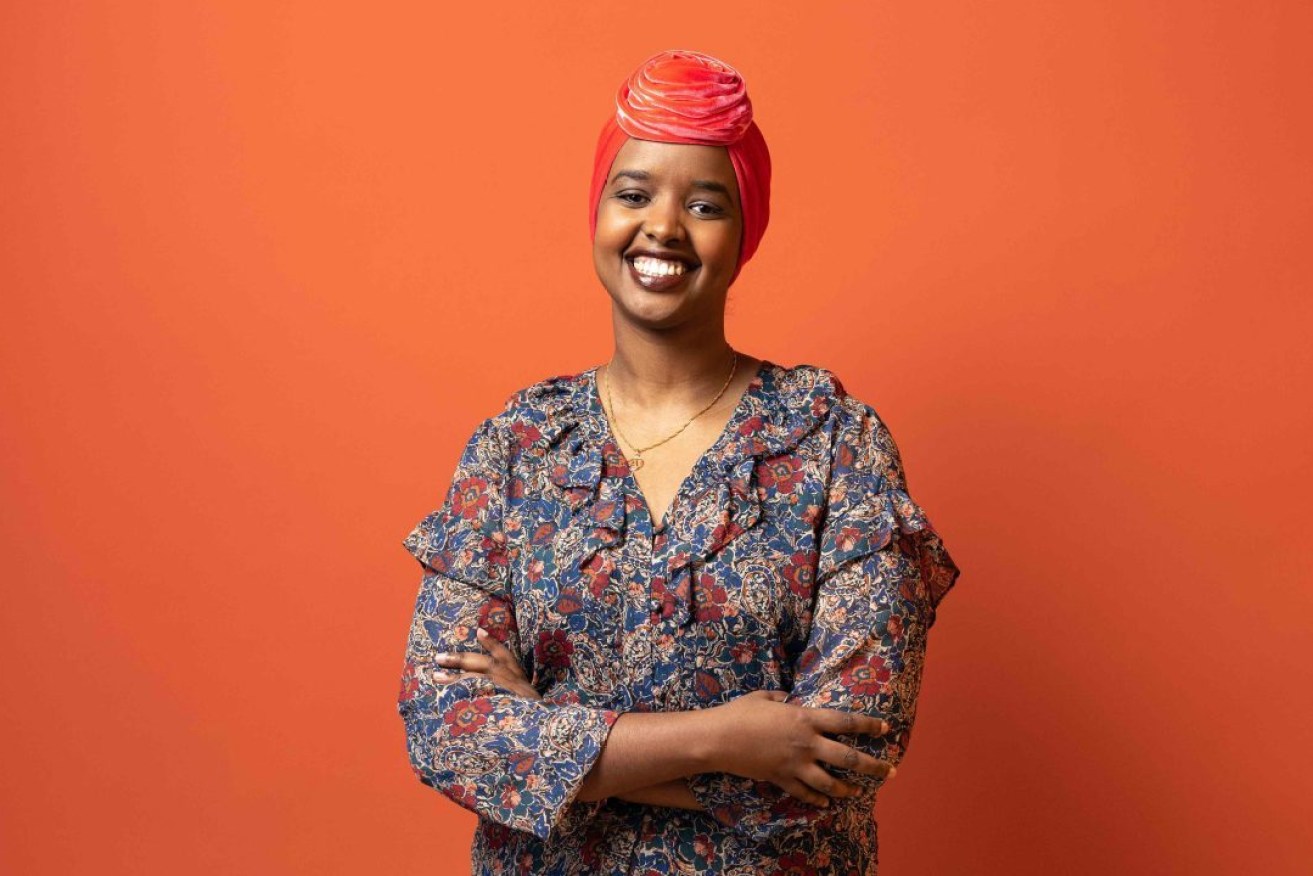Nothing to snore at: Locally developed test could help one billion people globally
Developed by Adelaide researcher Dr Amal Osman, a new test for sleep apnoea aims to find the best treatment for the debilitating condition the first time around.

Waking up choking or gasping for air is a possible indicator of obstructive sleep apnoea (OSA), a condition that has held Dr Amal Osman’s attention for most of her working and waking life.
The researcher developed an interest in sleep disorders following her mother’s persistent sleep struggles and the family’s difficulties in securing a diagnosis. The limited availability of therapies for sleep disorders served as an additional catalyst.
“We can all relate to how one night of poor sleep can disrupt your ability to focus to think and perform during the day,” Osman said.
Osman said her current highly specialised research into upper airway physiology was made possible by her move in 2019 from Sydney to Adelaide, where she has “excellent mentorship from leaders in the field” and a “highly skilled and supportive team”.
A research fellow at Flinders University’s FHMRI: Sleep Health, she has developed a 10-minute test to help personalise treatments for all types of sleep apnoea by identifying the one most likely to be a success.
People with the condition can experience morning headaches, irritability and excessive daytime tiredness, which translates into a higher risk of car or workplace accidents.
The upper airway collapsibility index test is an alternative to the current Pcrit test, which, while the gold standard in identifying the cause of a person’s sleep apnoea, is challenging to perform for both the patients and staff.
Pcrit requires an overnight stay in a sleep lab, a pressure sensor inserted through the nose to the back of the tongue, and the use of a continuous positive airway pressure (CPAP) mask to mimic sleep apnoea in a controlled setting. Osman said although the patient needs to be sleeping for at least three hours consecutively, “sometimes it wakes people up”.
Her test is simpler, faster and provides more information than current clinical tests. And it is conducted while the person is awake.
With around one billion sleep apnoea sufferers globally, the test could also help to significantly impact the numbers in other chronic health conditions. Studies have shown the association between sleep apnoea and type 2 diabetes (independent of obesity), strokes and heart attacks.
Encouraging more people to undertake testing for sleep apnoea, and ensuring correct treatment, could reduce the impost on individuals and health systems worldwide.
In Osman’s test, two pressure sensors are placed in the airway, which has been numbed with anaesthetic spray. A small suction device then mimics the air pressure changes characteristic of the sleep disorder, while the sensors measure the upper airway’s response – specifically how collapsible it is.
“The most common reason people have sleep apnoea is because their throat region is crowded, narrow and more collapsible,” Osman said.
“When they fall asleep, this can make breathing more difficult because the muscles relax, and it makes the airways even smaller.
“So, people will snore or have periods where they have less or no breathing.”
The main treatment currently is CPAP, however Osman said “many people don’t tolerate it well”.
“The second line treatment is a mouthguard [to] move the jaw forward, create more space at the back of the throat, making it easier to breathe,” she said.
“There’s also upper airway surgery [in combination or separately on the tongue, tonsils, jaw and roof of the mouth], but with this treatment we don’t know who it will work well for.
“The upper airway collapsibility index test aims to tell us who will be more suitable for one treatment versus another.”
Osman recently co-led and published findings from a clinical trial into the impact of a new nasal spray, developed by Bayer, on breathing and snoring during sleep. The spray makes the upper airway less collapsible.
“The new medication blocks potassium channels on receptors at the back of the nose that activate the tongue muscle. It improves the reflex response of the tongue muscles, so that it can be more active during sleep,” she said.
Working with neurologists at Flinders Medical Centre, she is also studying the causes of sleep apnoea in people with multiple sclerosis, an area that is “highly under diagnosed”. It is hoped the findings will lead to new therapy tailored for people with both conditions.
Building her career in Adelaide has been a deliberate choice and after four years here, she said South Australia “feels like home”.
“I feel like there have been endless opportunities [in Adelaide] to address the research questions that I have, to help improve people’s lives,” she said.
Osman is originally from Perth and completed her PhD in Sydney with supervision from Professor Danny Eckert, the current director of FHMRI: Sleep Health, who has pioneered the respiratory endo-phenotyping concepts and is currently working toward precision medicine for sleep apnoea. She called him a “brilliant mentor and research supervisor to early career researchers and students”.
The sleep research lab at Flinders was founded by Professor Doug McEvoy, another leader in clinical sleep medicine. Osman said FHMRI: Sleep Health is a trailblazer in the development of new screening tools and treatments for sleep disorders, which she credits to the large multidisciplinary team of researchers with expertise in physiology, psychology, engineering and epidemiology.
Once validation is completed, Osman wants her test, like the CPAP mask and the spirometry test to measure lung function, to be another commonly used tool in sleep medicine.
She is anticipating that with the test being more patient-friendly, it will also encourage more people to seek diagnosis and treatment.
“Sleep apnoea is a very complex condition, with people responding differently to the available therapies,” she said.
“I’m hoping this will help more people sleep soundly at night.”





